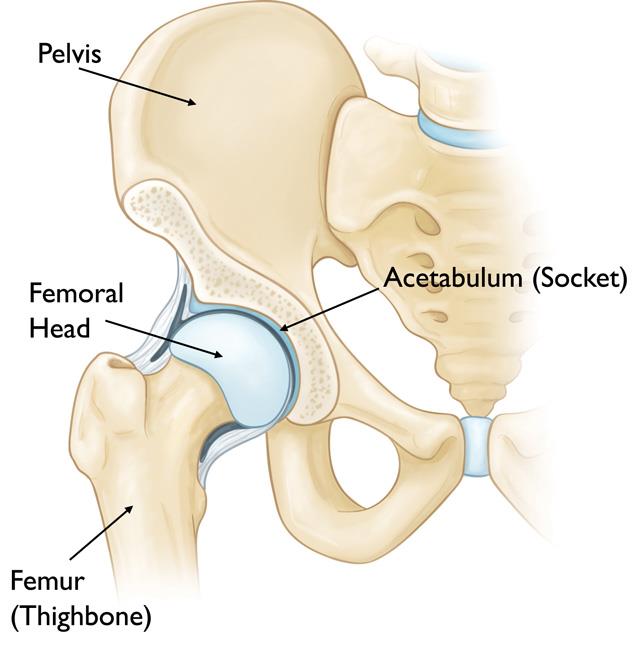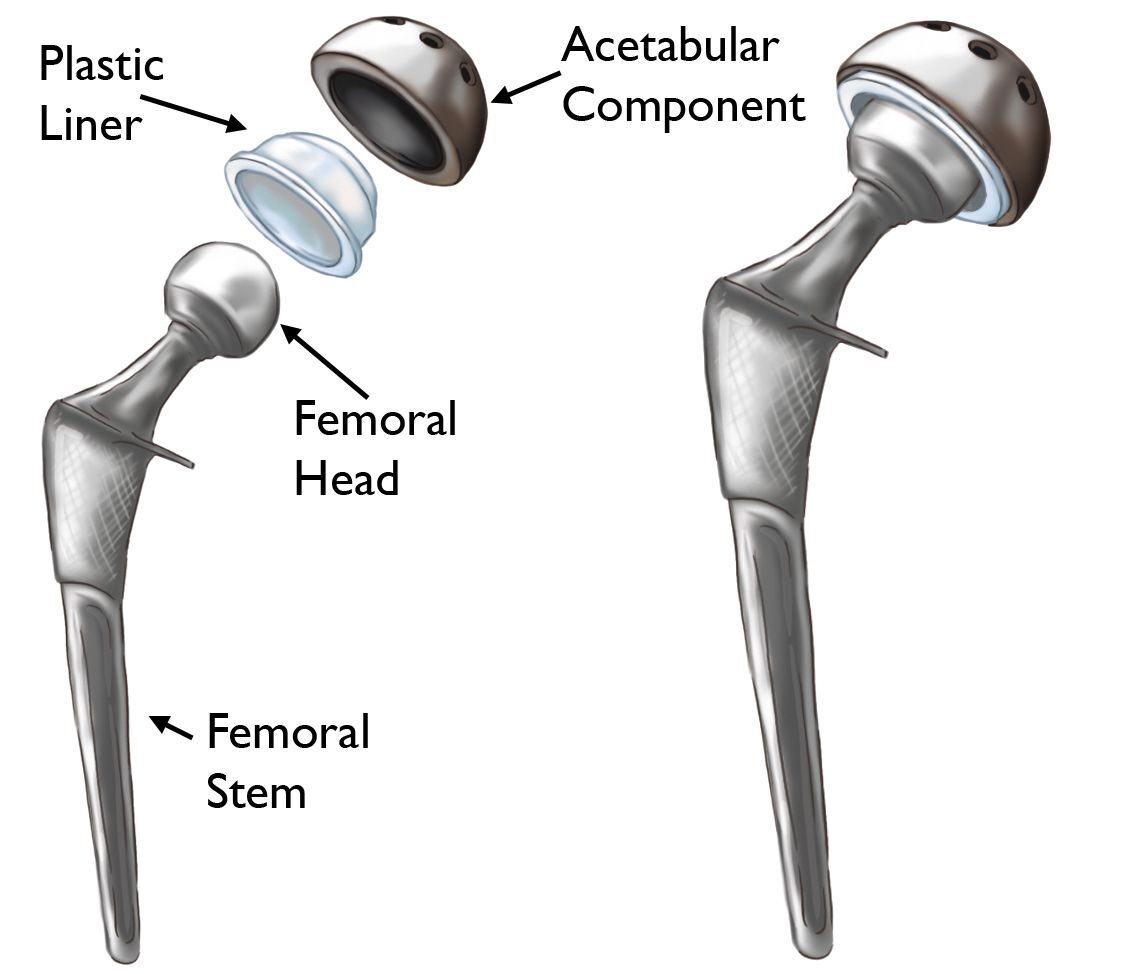HIP AND THIGH
DOCTORS
Hamstring muscle injuries, like a “pulled hamstring” frequently occur in sports that involve sprinting, like track or basketball. Typically, these injuries respond well to simple treatments and don’t require surgery. Aside from these minor strains, fractures also arise in the hip and thigh region. The femur, which is the biggest and strongest bone in the body, requires a great deal of force to break, such as in a car accident. Hip fractures are more common and can occur from a fall or direct blow to the hip. Individuals with conditions such as osteoporosis and cancer are more susceptible to this type of injury because of their weakened bones. While it is possible that a particular fracture be considered stable enough to be managed by nonsurgical means, these injuries are often serious enough to warrant consideration of surgery.
SCHEDULE APPOINTMENT


